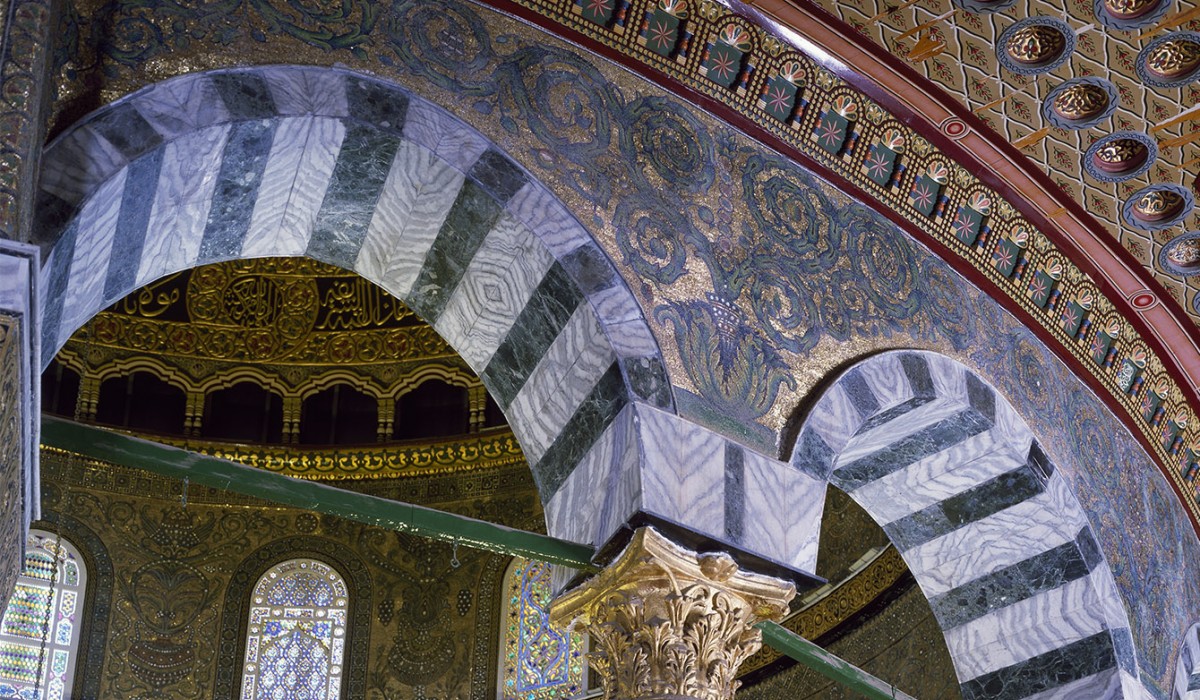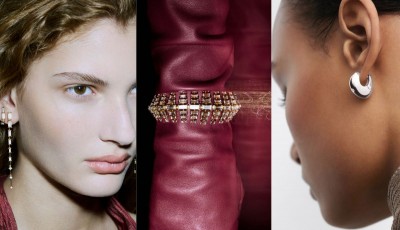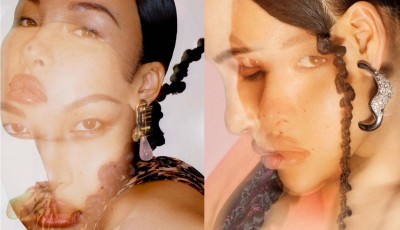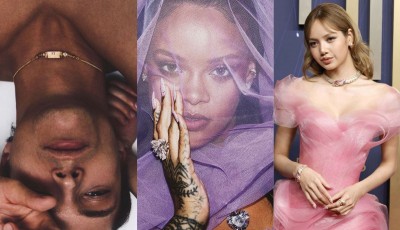Precious patterns
Head-turning arabic calligraphy is the Foundation for the latest jewelry design.
While searching for new creative ideas, jewelers often turn to architecture, namely its shapes and decorative elements that are repeatedly reflected in jewelry design. One of the most common patterns embodied in precious metals and gemstone is, perhaps, the arabesque. Arabesque (from the Italian arabesco – in the Arabic style) is the European name of the complex ornament composed of geometrical and foliage elements, sometimes incorporating sophisticated graphics of Arabic writing. Although the arabesque was very popular during the Renaissance, this art of ornamentation was brought to the highest degree of perfection in the Islamic world. Arabesques are rich in various motifs that follow the same archetypal principles stemming from many diverse cultures around the world, such as the Celtic, Norse and Aboriginal traditions. One of these principles, the eternal spiral, is reflected in sweeping and gentle patterns or leaves originating from one point and radiating out into secondary spirals. They reflect the progression of creation from the creator, while moving toward infinity. The second principle is based on symmetry and structure, which are fundamental to a harmonious design. They exemplify completeness and perfection as well as the desire for unity. The third principle, rhythm and balance, is achieved by repetition and by the careful arrangement of the motifs, which tessellate across the surface with an even rhythm and texture.The tradition of elaborate, artistic metalwork in Islamic countries evolved and improved over the centuries bringing recognition to Middle Eastern jewelers for their sophisticated design. One such good example is Alia Mouzannar’s Arabesque collection, which was created for A&W Mouzannar, the Lebanese jewelry house founded in the 18th century. Alia’s jewelry line includes pieces crafted in gold and diamonds, inspired by the popular element in Arabic architecture – the Mashrabiya window. For his Arabesque Deco collection, another designer from Lebanon, Ralph Masri, used fewer intricate elements. “As a native of Beirut, I have always been surrounded by arabesque patterns that are prevalent in the local architecture. Since my city is a beautiful mix of both East and West, I decided to give my collection a western touch by incorporating an art deco twist,” says the designer.
[ts_row] [ts_one_third]
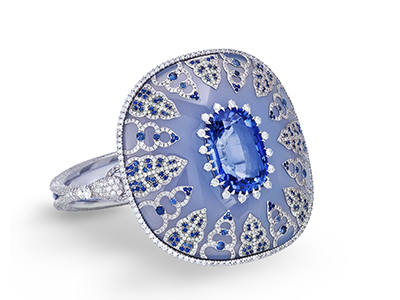 Ring by Boghossian
Ring by Boghossian
[/ts_one_third] [ts_one_third]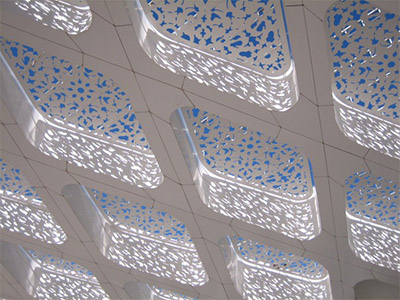 [/ts_one_third] [ts_one_third]
[/ts_one_third] [ts_one_third]
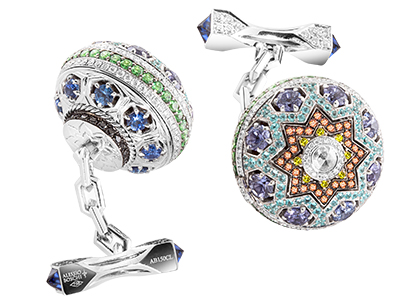 Cufflinks by Alessio Boschi
Cufflinks by Alessio Boschi
[/ts_one_third] [/ts_row]
Fahad Al Hajiri and Alanood Al Sabah, founders of the Kuwait- based brand Octium, are both aficionados of architectural forms. They embody the symmetry and clean lines of erected buildings in their fine jewelry collections. Their fourth collection, Alandalus Night, features a key arabesque element – the octagonal star that often appears on the arches and domes of mosques. It appears on every piece in the collection made in 18k gold, diamonds, mother-of-pearl or colored gemstones. Reminiscent of the intricately decorated domes are the latest bejeweled pieces by the Italian designer Alessio Boschi – the Qajar Pride Cufflinks. Created using a variety of gemstones such as white, yellow and black diamonds, blue, orange and purple sapphires as well as Paraiba tourmalines, they are dedicated to the unsurpassed architecture and decoration of Panj Kāse (five concave) design characteristic of the Nasir Mosque in Iran. The Qajar Pride Cufflinks have a unique feature: a hidden light source illuminating the cufflinks from within.
If we talk about foliage patterns that are characteristic of arabesque designs, then Messika’s Eden collection would be yet another brilliant example. Delicate Eden necklaces, earrings, rings and bracelets take us back to the enchanting world of a lost paradise. The name for the collection reflects the source of inspiration – the gardens of a celestial paradise and the endless maze featuring elaborate diamond patterns that are in stark contrast with the Eden jewels mentioned above. Intricate arabesque elements have also been a source of inspiration for Haute Joaillerie houses. They often decorate important pieces created by the Geneva-based jeweler Boghossian, whose early founders started their successful business in Beirut. “Mesmerizing oriental patterns and curves - which are reflected through architecture, art and ballet - arabesque and Mughal designs have become the signature design elements of Boghossian jewelry,” says Albert Boghossian, the company CEO
Text Katerina Perez


